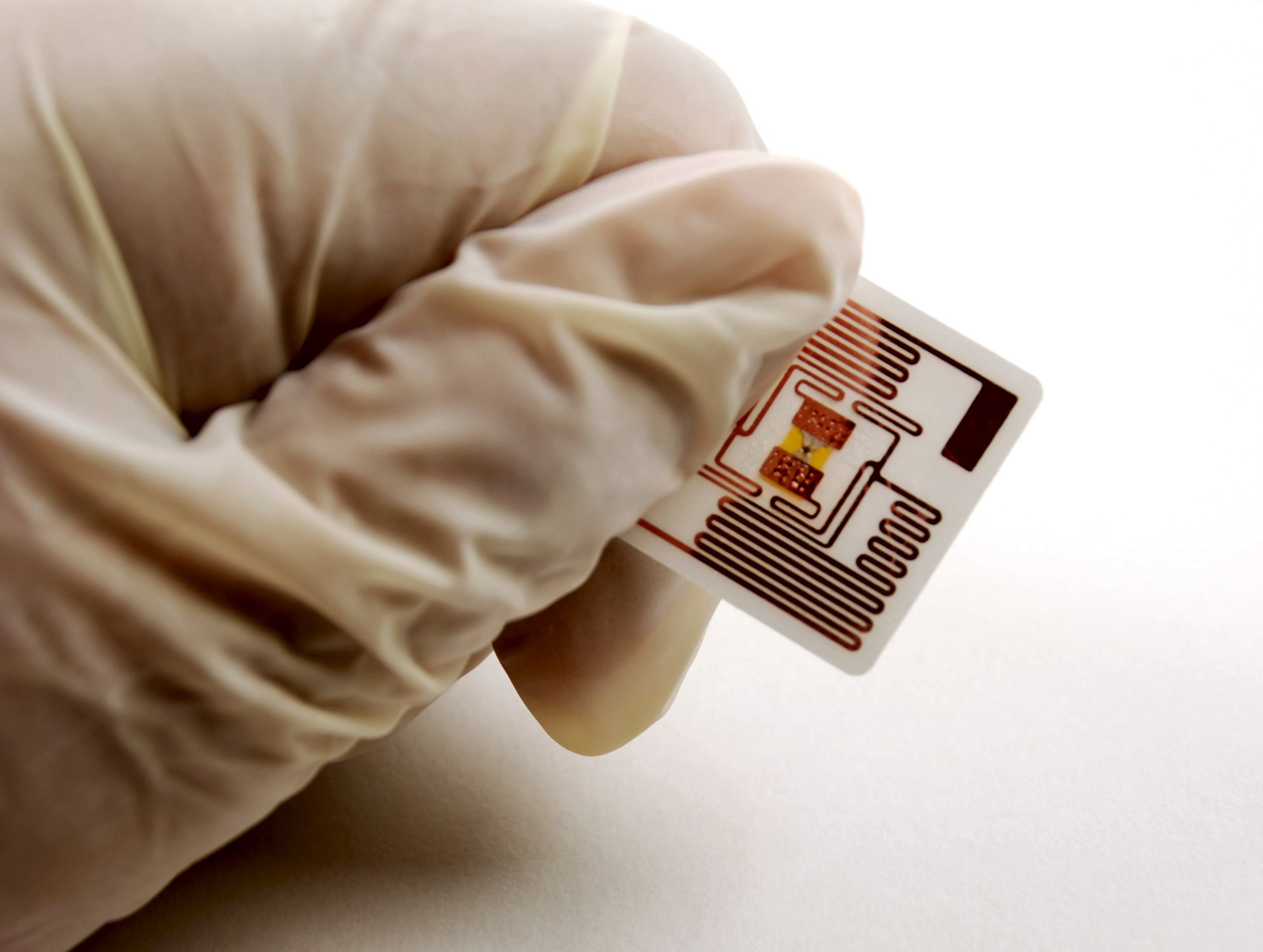Article
Pharmaceutical Technology Europe
Pharmaceutical Technology Europe
Pharmaceutical packaging and labelling for blind and partially sighted people
Author(s):
A European Commission directive requires suppliers to incorporate information on medicines in formats suitable for blind and partially sighted people, although the associated standard has not been introduced yet. This article looks at some of the issues that will need to be addressed when the standard is adopted.
People with a visual impairment often experience problems in differentiating packets with the increased standardization of packaging sizes and shapes. They can also have problems with reading the instructions as they are often printed in a small typeface with poor visual quality.
To alleviate these problems, the European Commission (EC) has issued a directive requiring suppliers to incorporate braille labels and produce information leaflets in alternative formats. However, the associated standard has yet to be published, which leaves uncertainty about the detailed implementation of the directive.

Noncompliance and visual impairment
Packaging poses significant problems for many older people. This is often because of an inability to read the label, understand its meaning or open the package without damaging the contents. Failure to take medicine correctly has been estimated to cost the US economy $100 billion per year.1
About 1.5% of the UK population has vision that can be registered a 'blind' or 'partially sighted' and about 0.4% of these have to rely on nonvisual methods to access information.2 Within these groups there are considerable variations from one individual to the next. For instance, people with low vision includes those with:
Macular degeneration. Macular degeneration accounts for about half of all registerable blindness in the UK; it is particularly common among the elderly. Typically, it results in the loss of central vision. This group often benefits from larger-than-normal print.
Cataracts. A cataract is an opaqueness of the lens at the front of the eye. It has similarities to driving a car with a dirty windscreen; if the sun is in your eyes, it is difficult to see anything, but with the sun behind you there are relatively few problems. Fortunately, cataracts can usually be operated on successfully, with the lens being replaced by a plastic lens.
Diabetic retinopathy. Haemorrhages occur on the retina at the back of the eye. This is the single most common eye disease among the 16–64 age group. One effect of diabetes tends to be a very poor sense of touch; therefore, few people with diabetic retinopathy can read braille.
Tunnel vision. Tunnel vision can be associated with some forms of retinitis pigmentosa or a late stage of glaucoma. Retinitis pigmentosa is the name for a group of conditions that are genetic and result in night blindness. Glaucoma is from increased pressure in the eye; if detected early enough, it can be treated by taking pills. People with tunnel vision can find it easier to read small print rather than large print.
Additionally, total colour blindness affects about 0.0025% of the UK population. However, about 8% of males and 0.5% of females have problems distinguishing red and green
Decreasing vision
The ageing process also affects vision. In a 60 year old person, only about one third of the light reaches their retina compared to when they were 20. There is also a decline in visual accommodation (the ability of the eye to change focal distance), coupled with a deterioration in the speed of adapting to changes in illumination.
Many older people also have a combination of impairments. More than half of people with a visual disability have a significant additional impairment. This number is increasing because more people are living to an older age. However, it is difficult to predict the effect of multiple impairments as two individuals who appear to have the same combination of impairments may function very differently.
For partially sighted people it is essential to design labelling to maximize legibility. It is recommended that designers should3
- use a solid background colour with good contrasting lettering
- avoid italics and underlining
- use both upper and lower case letters — lower case words are easier to read
- use a suitable typeface
- print on a flat surface (i.e., no embossing).
The choice of typeface is particularly significant because misreading the dosage quantity could have serious consequences. It is important to use a font with 'open' numerals (such as Tiresias) and avoid those such as Arial with 'closed' numerals.
Various types of information must be included on the packaging: primary (product name, dosage); secondary (do not take if ...) and tertiary (advertising).
The size of the print for the primary information on packaging should be at least 14 point. Ideally, secondary information should be in 12 point because most older users would benefit from a large print size, but there is finite space on the packaging and increasing regulation requiring more and more information to be included.
A European directive (2004/27/EC) requires braille labelling for medicinal products introduced after 30 October 2005.4 The braille should be on the outer, or secondary, packaging and must include
- the name of the medicinal product
- the strength and pharmaceutical form
- whether it is intended for babies, children or adults
- international nonproprietary name or common name
- multilingual packaging; the braille should be in all the different languages.
Braille characters
Braille characters consist of one to six embossed dots, which can have 64 different configurations (Figure 1).

Figure 1 Examples of braille characters.
One problem with braille is the lack of redundancy — a damaged or missing dot can completely change the meaning of the text (Figure 2). Therefore, it is very important that the braille dots do not become damaged between the time they are embossed and the time the package reaches the patient. This will require some changes in how the packages are handled in the supply chain.

Figure 2 Only one dot differentiates ô£75ô from ôlargeô
Another problem with braille is the relatively small number of people who can read it. Out of about one million people in the UK whose vision is such that they could be registered as blind or partially sighted, between 10000–20000 can read braille.2
There are various methods for adding braille to packaging including embossing the card or plastic packaging, depositing dots (also known as 'solid dot'), using a stick-on label, or incorporating in the mould.
Whichever method is used there is a problem of space on smaller packets, such as those used for eye drops. The dimensions for braille (Figure 3) cannot be scaled up or down. Therefore, to include even a short name such as 'Ibuprofen 200' in braille requires a space of over 500 mm2, but the guidance notes to the directive specify that the underlying printed text has to be easily legible. This implies that the underlying text has to be in a large bold typeface otherwise the embossed braille dots will significantly erode the legibility of the text.

Figure 3 Braille cell dimensions.
The practicalities of finding space for the braille will probably require manufacturers to use larger packaging. An alternative would be a fold-out label, but this is likely to be difficult to integrate into the production process.
However, the dimension which is likely to be the most problematic is the dot height. In a braille book this is normally between 0.45 and 0.5 mm6. On packaging it could be significantly less, subject to the constraint that an appropriate dot profile is used. With lower dot heights the radius of curvature at the top of the dot (r in Figure 4) should decrease.

Figure 4 Braille dot profile.
However, the radius of curvature at the bottom of the dot (R in Figure 4) determines the strength of the dot; if R is too large then the dot can easily be squashed, but if it is too small then the material becomes too thin and will burst. Using long fibre card and high humidity can improve the embossing characteristics of the material. It is possible to spray a reinforcing agent on the back of the card to improve the durability of the dots.
The directive also requires patient information leaflets to be available in alternative formats which could include
- braille
- large print
- audio, for example, CD
- audio over the telephone
- electronic text (possibly on a website).
However, there will be a problem with the timely delivery of this information. When a patient collects their medication from a chemist, they do not want to wait a few days to receive the patient information leaflet in a form they can read.
Therefore, there must be a system for delivering this information within hours, but it will not be viable for the chemist to stock the whole range of leaflets in all the alternative formats.
Therefore, it is likely that patients will opt for the audio information over the telephone because it will be the only format they can have immediately. The problem will be to design an easy-to-use service. It may not be practicable to have a different telephone number for each pharmaceutical product, but many older patients will decline to use an interactive voice response system.
If all information leaflets are produced in alternative formats, the cost to the pharmaceutical industry is likely to be considerable, while take up of the service could be modest.
The new European directive was implemented before work had even started on preparing the associated European standard, which will define precisely the requirements such as dot height and required alternative formats for the patient information leaflets.
This will leave a period of uncertainty, where manufacturers run the risk of implementing systems that subsequently do not meet the specifications in the European standard, and will, therefore, have to be changed. The EC might want to consider not requiring compliance with the directive until the associated standard is published.
John Gill OBE is chief scientist at Royal National Institute of the Blind, London (UK).
References
1. Managed Care Supplement 19(9), 7 ( 2000).
2. I. Bruce, A. McKennell and E. Walker, Blind and Partially Sighted Adults in Britain HMSO, ISBN 0 11 701479 6 (1991).
3. www.tiresias.org/guidelines/alternative_formats.htm
4. European Commission Directive 2004/27/EC Medicinal Products for Human Use.
5. http://
Newsletter
Get the essential updates shaping the future of pharma manufacturing and compliance—subscribe today to Pharmaceutical Technology and never miss a breakthrough.





